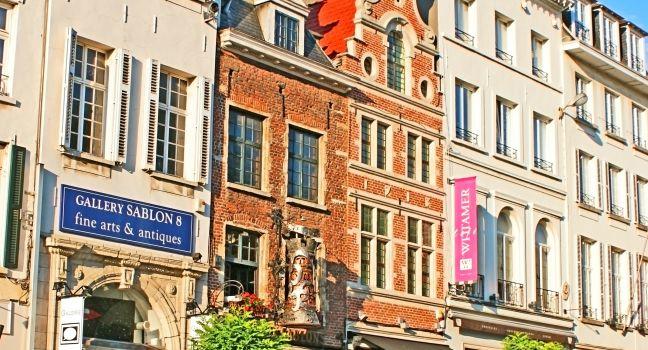Musée international du Carnaval et du Masque
The city's carnival museum, set within a sprawling former Augustinian college opposite the church, offers colorful context for February’s festivities and even captures their atmosphere a little. It goes into great detail on the carnival’s history, costumes, and preparation—planning begins six months in advance and, judging from the photo display, requires a few beers to kickstart—and it looks at similar carnivals from Wallonia and the rest of the world. The star attractions, however, are the private cinema, which shows nonstop films of the day’s festivities, and the VR headsets that drop you right into the day's action. Downstairs, temporary exhibitions usually focus on masks from around the world.




